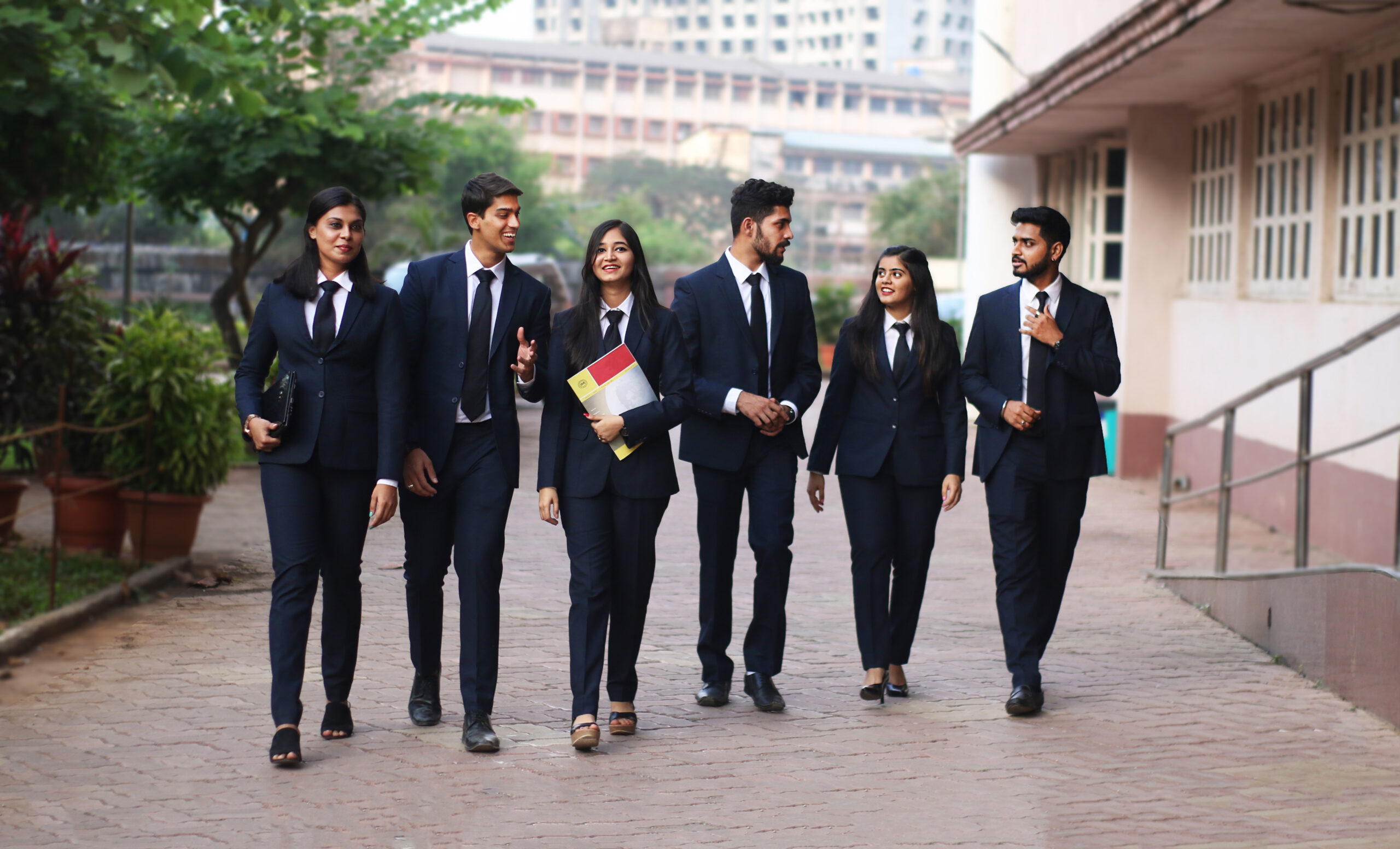2219Views

The Art of Storytelling in Branding: Where Culture Comes Alive and Brands Take a Heart
Today’s branding is not merely about market share, logos, or color – today’s branding is about soul. And storytelling is how that soul speaks. Some brands don’t just stay in our minds, they stay in our memories. That’s because they’re not merely recognized; they’re felt. Viewed through a creative lens, stories become more than just marketing tools, they’re canvases where each brushstroke of culture adds meaning. From a psychological viewpoint, stories hold more power than facts because they speak to how we process emotion and identity. And through a branding lens, the real magic lies in making commerce feel like culture.
Storytelling, in this sense, is less about strategy and more about humanity. It is about acknowledging that people don’t buy products, they buy meaning. When you drink a cup of tea, you’re not just tasting leaves infused in water,you’re tasting mornings shared with family, long conversations, and the comfort of something familiar. The brand that learns to wrap itself in such meaning doesn’t have to demand attention, it earns it effortlessly.
When a brand tells a story rooted in shared emotion, it doesn’t just market – it connects. It becomes part of dinner-table conversations, of memories passed down through generations, even part of revolutions. Think of how Paper Boat doesn’t just sell beverages, but the scent of summer afternoons and the sound of school bells. Or how FabIndia doesn’t just offer apparel,it weaves the pulse of Indian artisans into every thread.
Amul, for instance, has managed for decades to stay relevant not only by selling butter but by telling India’s story in tiny, witty, and often cheeky slices. Each topical cartoon mirrors what the country is talking about, laughing at, or worried over. This isn’t branding in the traditional sense, it’s storytelling that keeps pace with culture, reminding us that sometimes the simplest narratives are the strongest.
The best stories begin with truth. Often, it’s a story of struggle of not fitting in, of standing up against odds, of daring to be different. And then comes hope – a solution, a spark, a promise. This arc from crisis to hope isn’t just a clever narrative tool, it mirrors the rhythm of our lives. And when brands tap into that rhythm, they don’t have to shout, they speak straight to the heart.
Culture makes that connection even stronger. It brings familiarity, flavor, and identity. Culture isn’t a trend – it’s the truth. It’s the diya that lights up an ad. It’s the saree that flows in slow motion. When brands honor culture not as a costume but as a core, they gain something priceless: belonging.
Belonging, after all, is what we all seek, whether in a family, a community, or a brand. When people say “this feels like me,” or “this feels like us,” the bond goes beyond transaction. Think of Cadbury Dairy Milk’s long-running campaigns, those ads never simply say “buy chocolate.” They whisper: “celebrate, share, and sweeten your moments.” That’s the essence of cultural storytelling, transforming an ordinary product into an extraordinary ritual.
But belonging isn’t manufactured overnight. It comes when brands truly listen. It comes when they understand the values people live by, the traditions they celebrate, and the rituals that give meaning to daily life. In India, festivals are not just occasions, they are collective stories waiting to be told. A simple advertisement during Diwali can either be about selling discounts, or it can be about lighting hope, something that makes people pause, smile, and whisper, “That feels like us.”
Today, we live in a world where brands don’t just tell stories, people do. We tweet them, reel them, remix and reimagine them. And in this age of participation, authenticity is everything. A brand’s story is no longer what it says about itself, but what people feel about it, and choose to share.
This participatory culture is both a challenge and an opportunity. For brands, it means surrendering some control and embracing the unpredictability of how stories spread. But it also means stories can reach further than ever before, into global conversations, across communities, and into the hands of individuals who make them their own. The story no longer belongs to the brand alone, it belongs to everyone who carries it forward.
As we step into the future, not just as marketers, but as wordsmiths of a new era, let’s not forget the power we hold. A good campaign might sell a product. But a great story? That can spark a movement. That can move people. And once you connect with someone on an emotional level, you become unforgettable.
Because ultimately, branding isn’t about being noticed—it’s about being remembered.
At the same time, storytelling is not just a lesson for marketers but also for students stepping into the world of business. Institutions like Vivekanand Business School, Mumbai, counted among the best B-schools in Mumbai, train future leaders to understand that brand-building goes beyond data and campaigns. Through the Vivekanand PGDM program, students experience how culture and stories shape consumer behavior. Life at VBS is filled with projects, festivals, and real-world learning that mirror how stories influence connections. This is where students don’t just study management; they learn how meaning, culture, and belonging can transform a brand into a legacy. And that’s why many aspiring professionals choose VBS—not just for academics, but for an environment that truly brings branding to life.
Riya Thakur
Batch 2023-2025


